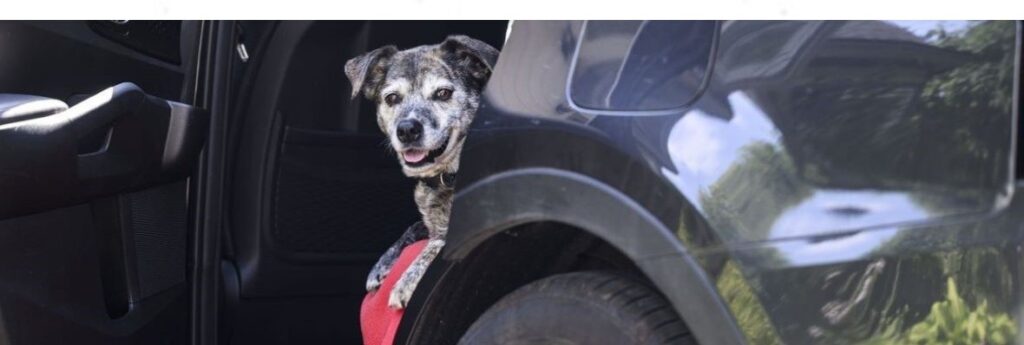Taking Fido across the US border is about to get a lot more complicated, despite the U.S. Centers for Disease Control conceding a slightly longer leash to Canadians when new rules aimed at controlling the spread of rabies come into effect Aug. 1.
Concessions on the new rules – which “blindsided” Canadian officials when they were announced recently – are not enough, says Canadian minister of health Mark Holland, who adds that he hopes “logic will prevail” and Canada will be fully exempted from the new US regulations.
Holland says that he’s been able to secure some changes to the regulations after a series of meetings in Washington, D.C., however the federal government is arguing that Canada should be exempt from the rules entirely because there is no dog-maintained rabies virus in this country.
Confirmation that there will a grace period for the first couple of months, so people who are not in compliance would get a warning instead of being turned back, is pending.
According to the new regulations, after Aug. 1:
- Dogs heading stateside will need to be at least six months old, vaccinated, and have a universally readable microchip.
- Their owners will need to fill out a CDC form and have a veterinarian sign an export document.
- The rules also apply to Americans who are returning home with their dogs after a visit to Canada and service dogs are not exempt.
Initially, the CDC also required authorization from a veterinarian with the Canada Food Inspection Agency, something Holland said “was going to be a massive problem for us administratively.
Nevertheless, Holland said the new forms will put an extra burden on already-busy border guards, who will now be tasked with verifying what amounts to a doggie photo ID.
“Frankly there’s a lot of issues at the border. Whether or not my Maltese is another Maltese, having a border officer figure that out … doesn’t make sense to me,” he said.
Dr. Tim Arthur, the president of the Canadian Veterinary Medical Association, said the regulations bring the US in line with the European Union, and they come after “a couple of close calls” with dogs being imported to the US from countries that have canine rabies.
Arthur said he’s relieved to see the adjusted rules for Canada, though he acknowledged they will bring new challenges for vet clinics that are busy to begin with.
He’s encouraging pet owners to plan ahead before they travel and above all, be patient. Some clinics may not be able to get the microchipping and forms done on a short turnaround.
“It’s going to be extra work. We’re gonna try our best to get it done,” Arthur said.
Evan Rachkovsky, communications director with the Canadian Snowbird Association, said the US announcement has created a great deal of confusion for frequent travellers. “I don’t believe that (the new rules) make anybody safer. These are dogs that are coming from a low-risk country and the rules that they have currently in place are sufficient,” he said.
The Frontier Duty Free Association, which represents duty-free shops at 32 land border crossings, said it is also urging the American officials to reconsider.
“This will once again disproportionately impact border communities and the tourism industry, which is still recovering from a prolonged border closure,” said Barbara Barrett, the association’s executive director.
Holland said there could be issues for the supply chain as well, citing that about a quarter of long-haul truckers travel with their dogs and frequently cross borders.
He added that Canada is continuing to lobby for a full exemption, and remains hopeful that “logic will prevail here.”

